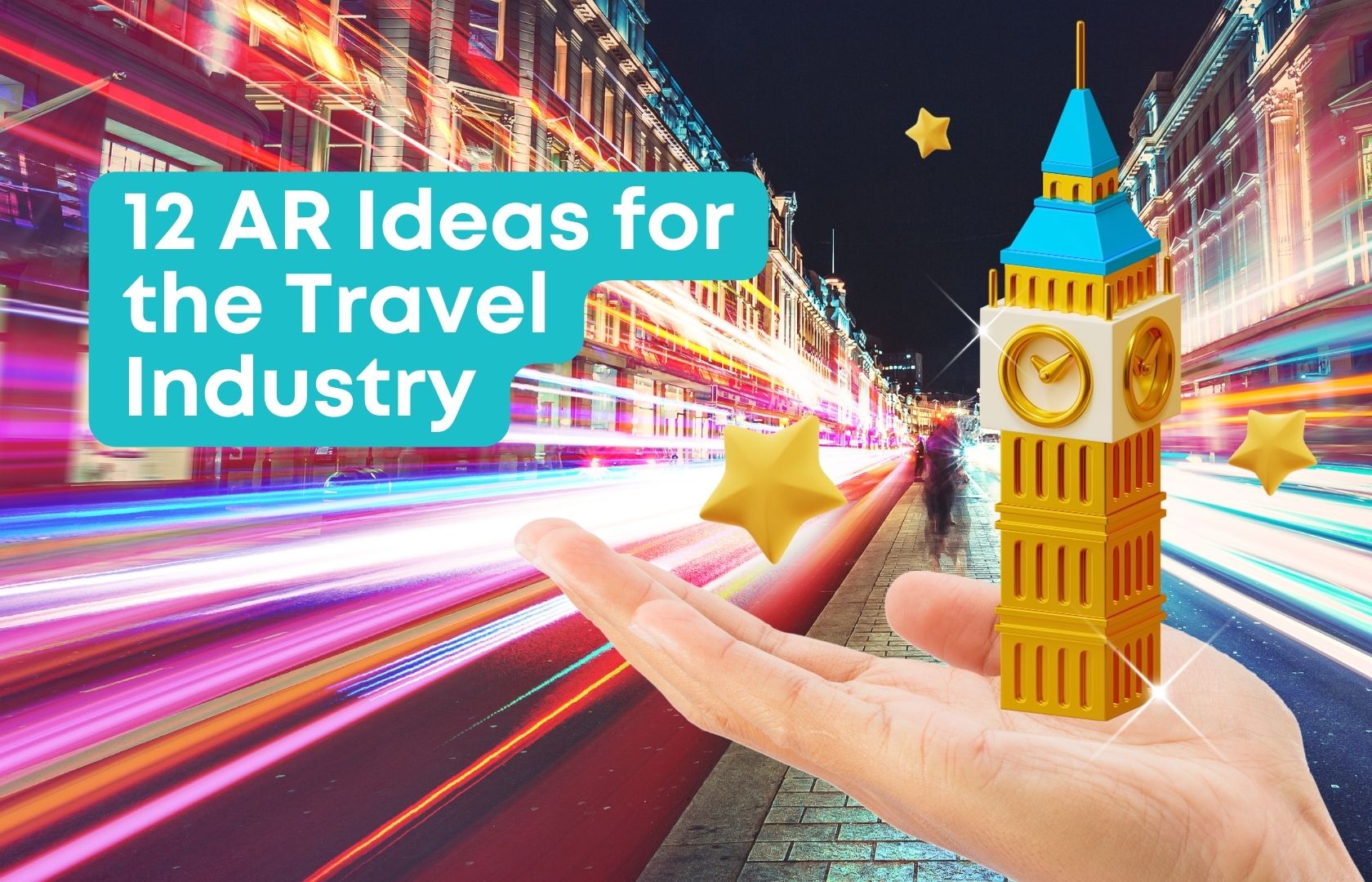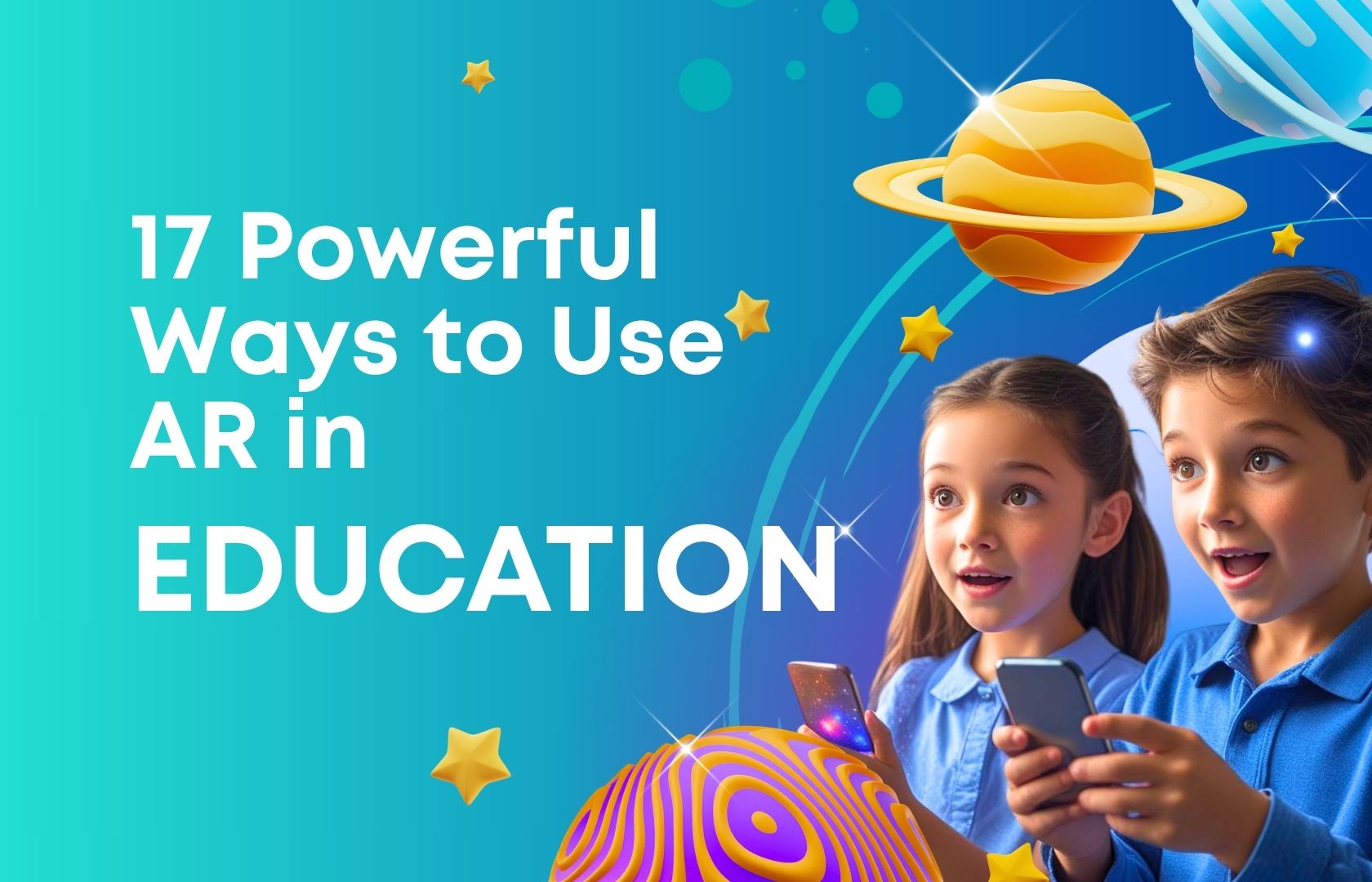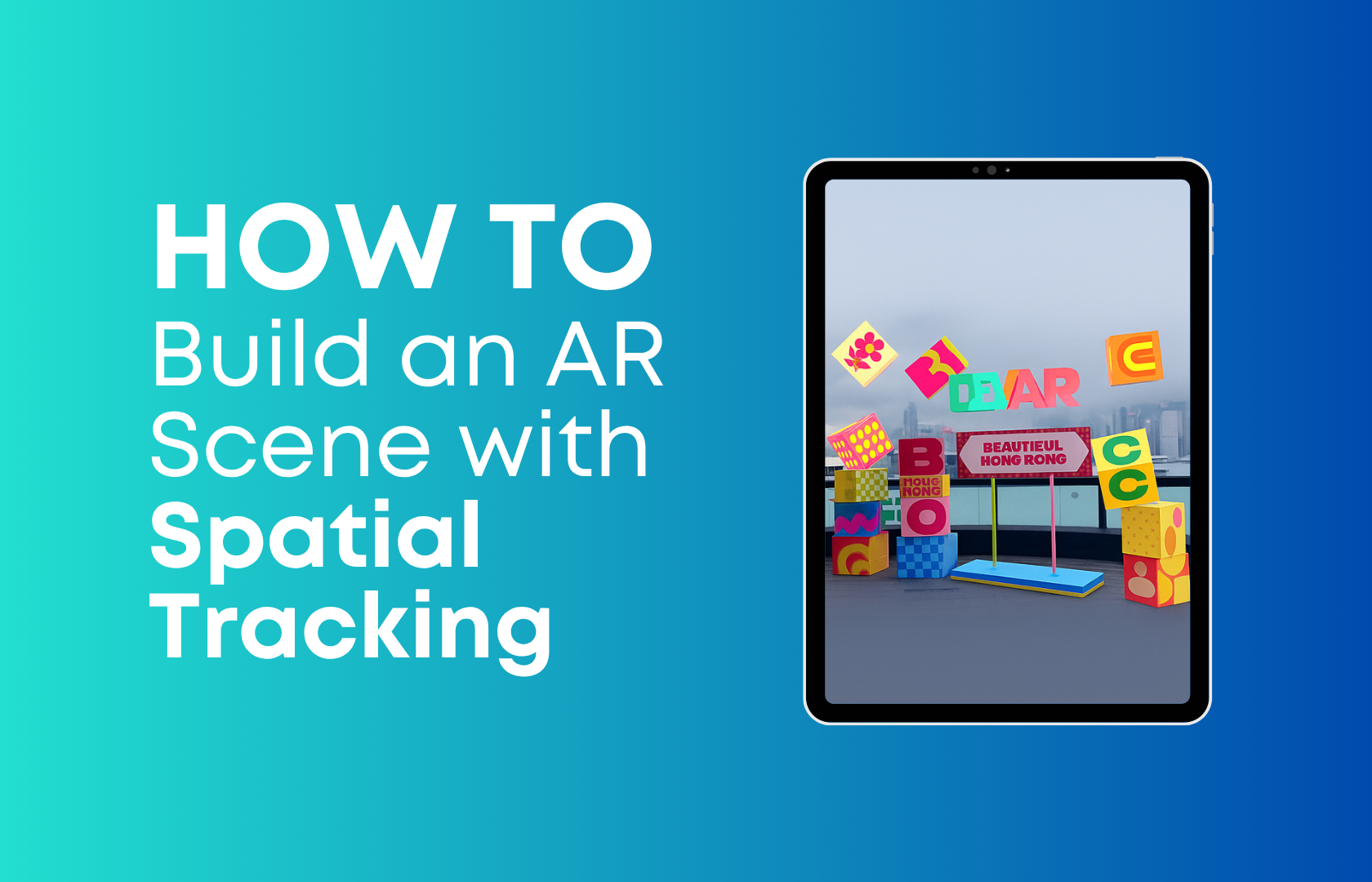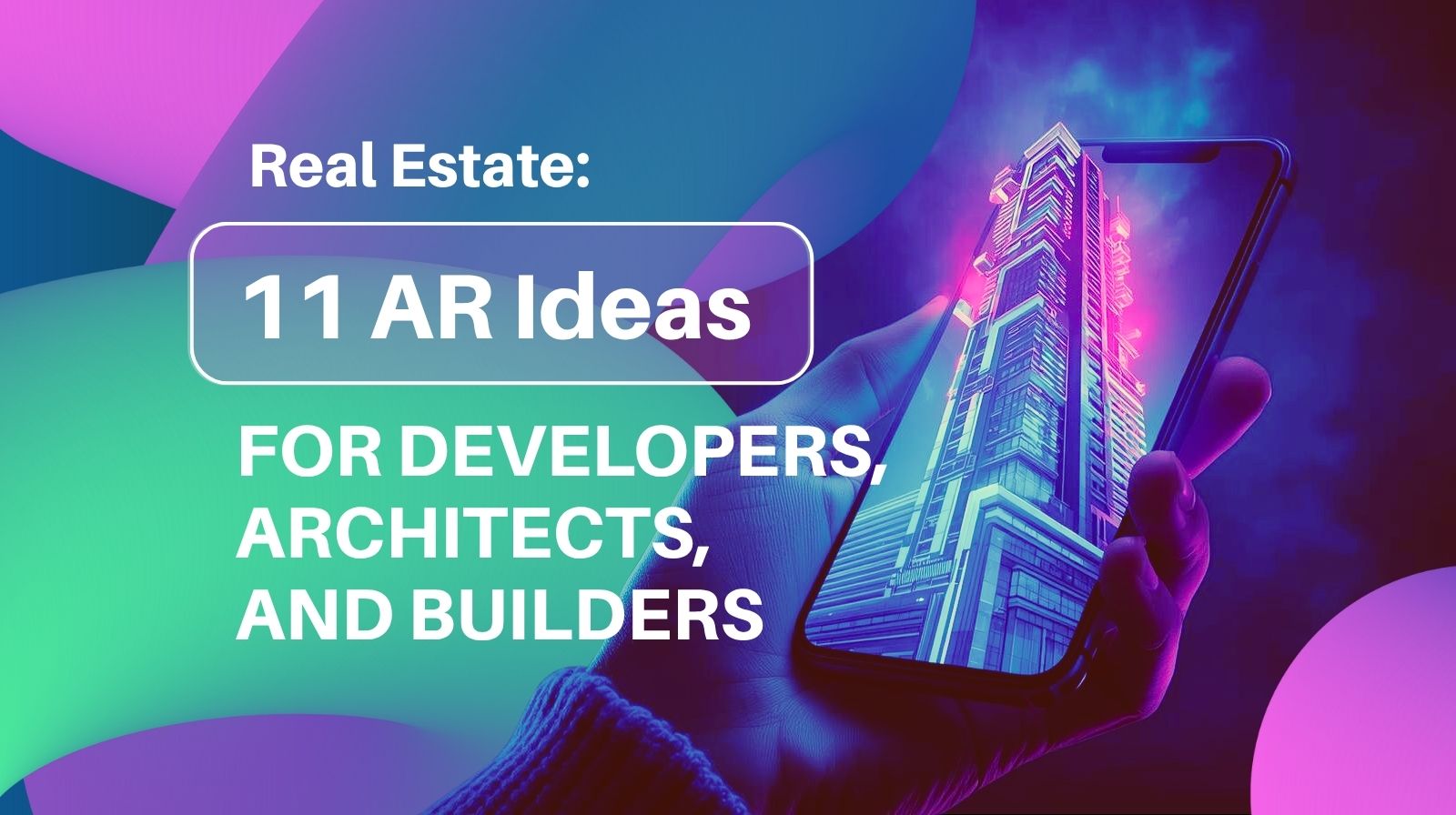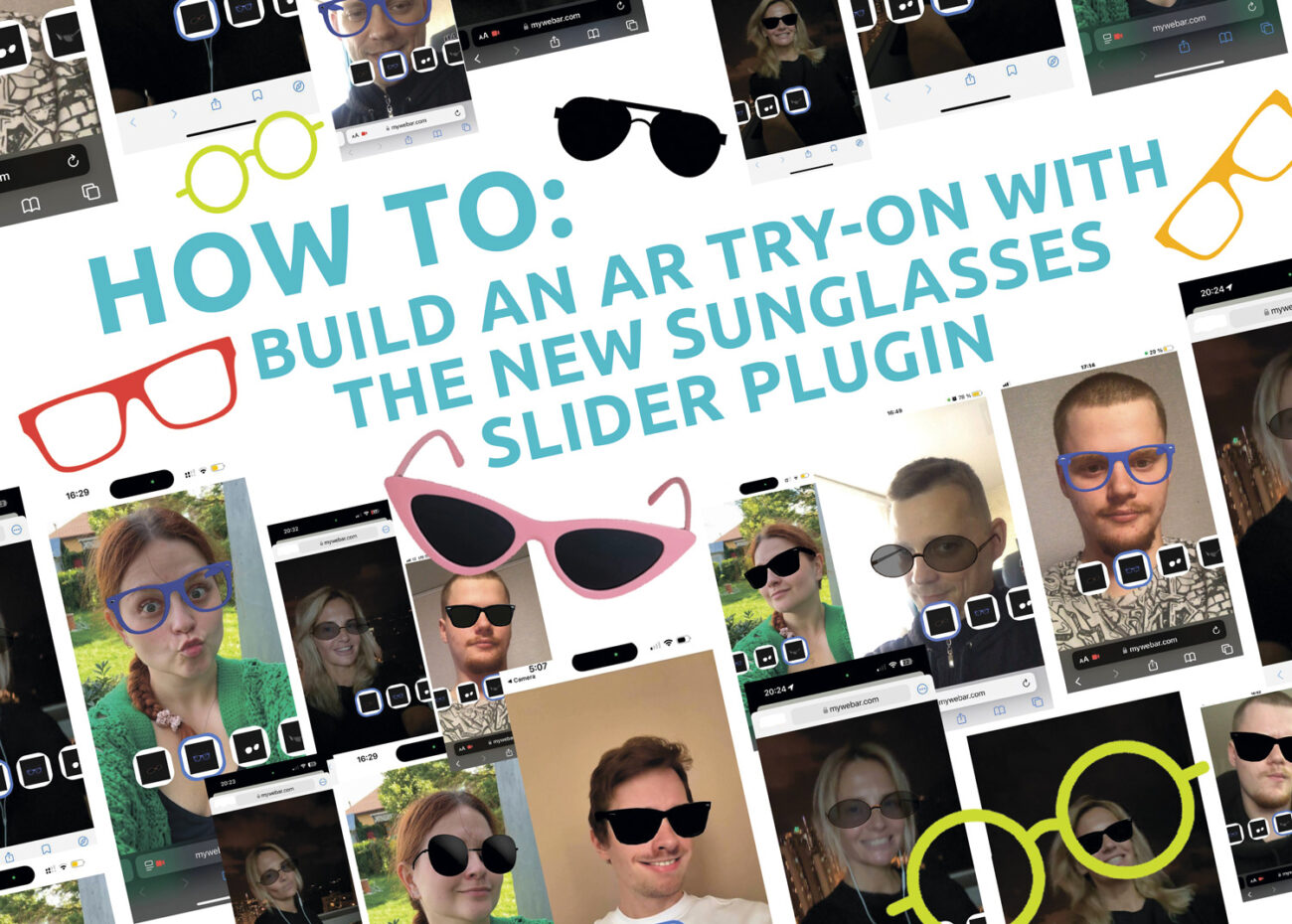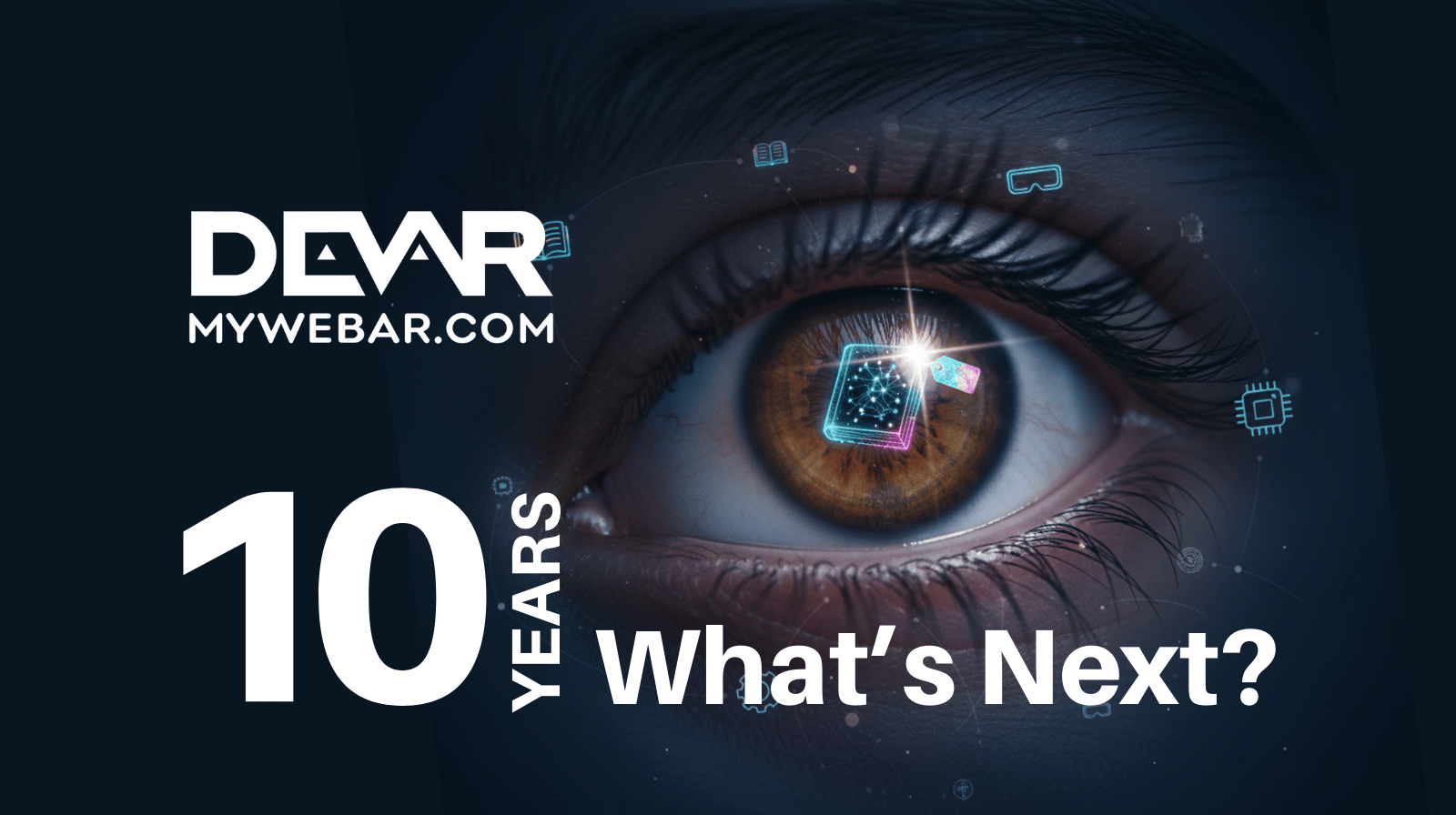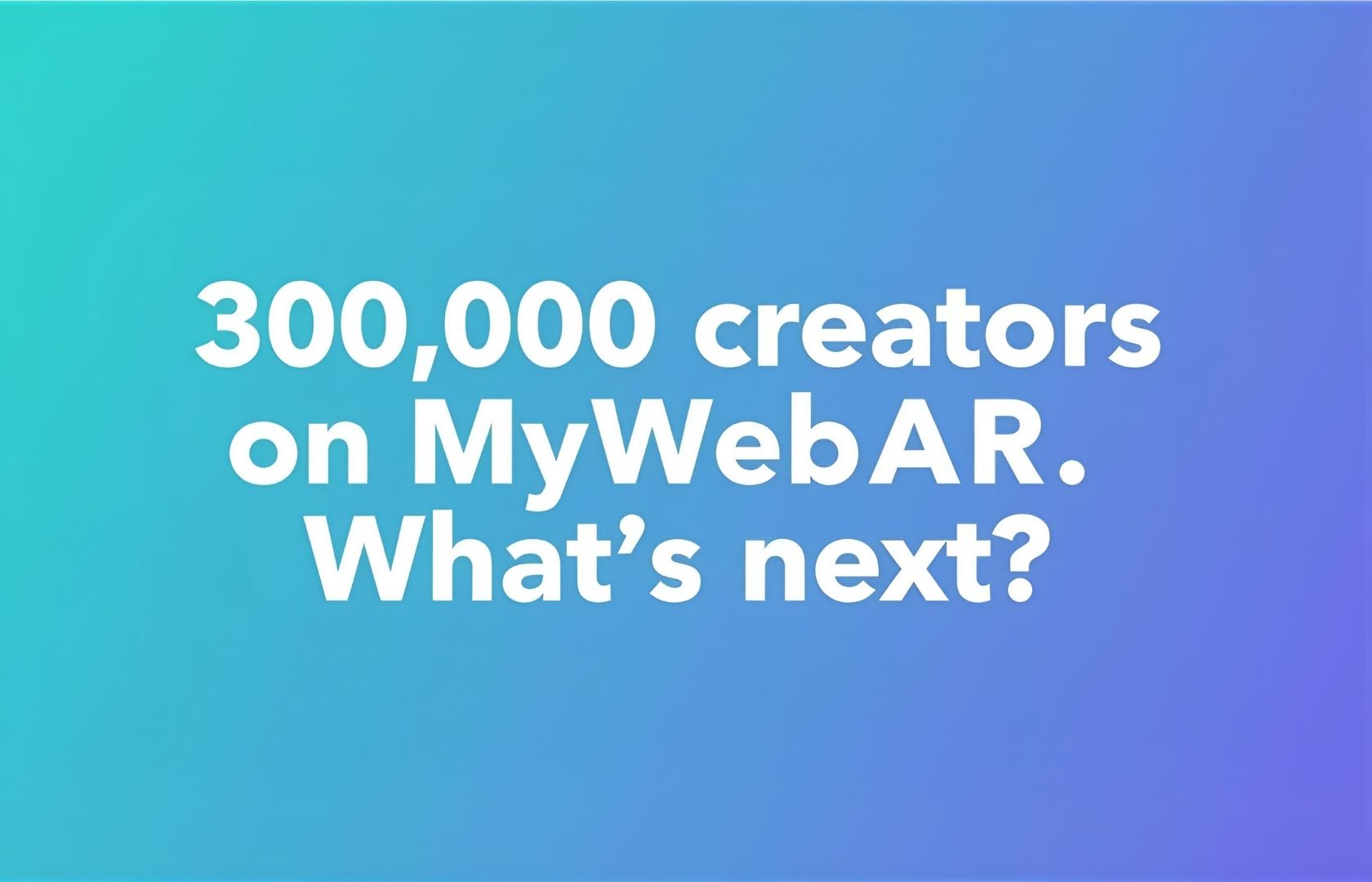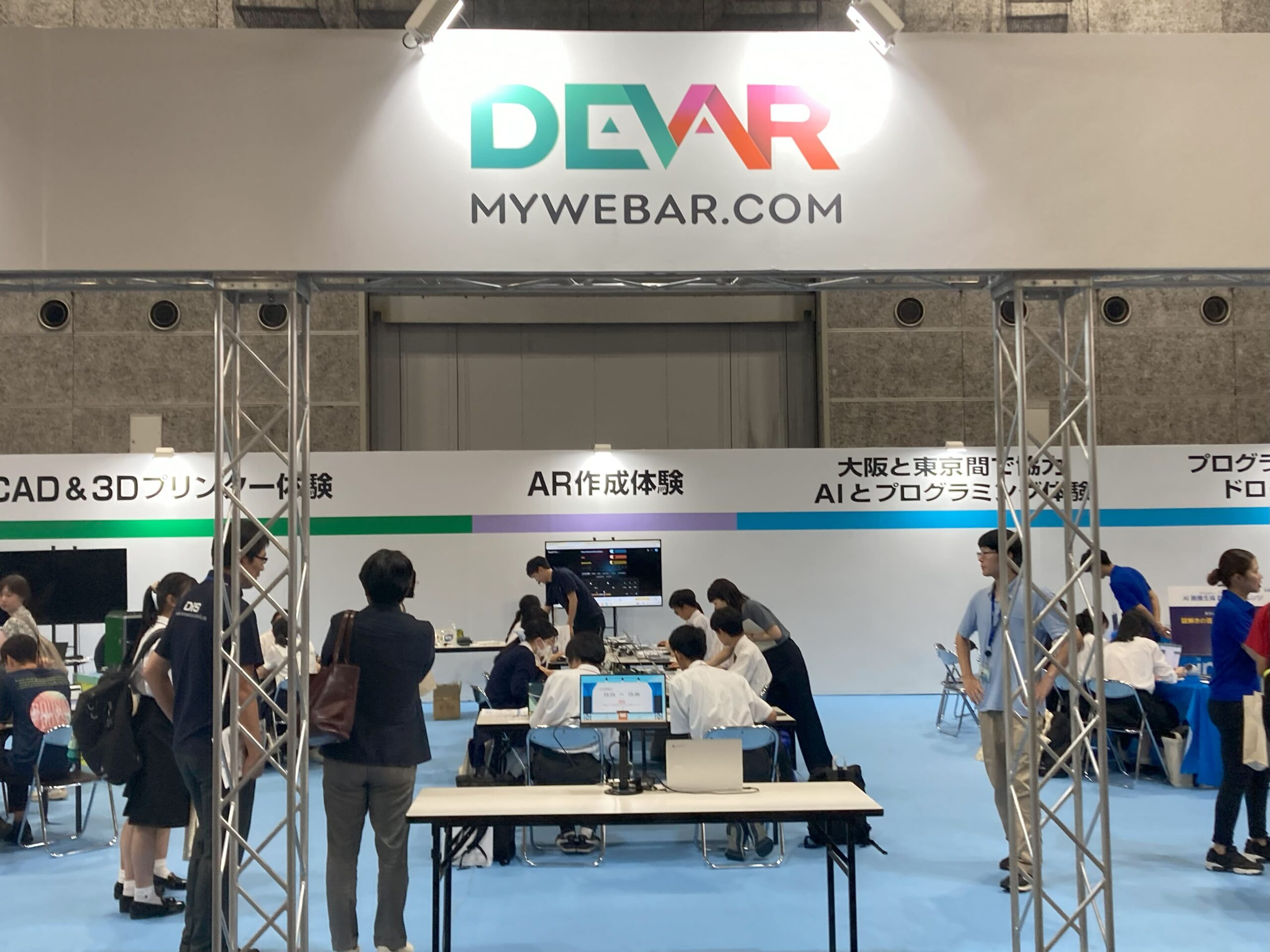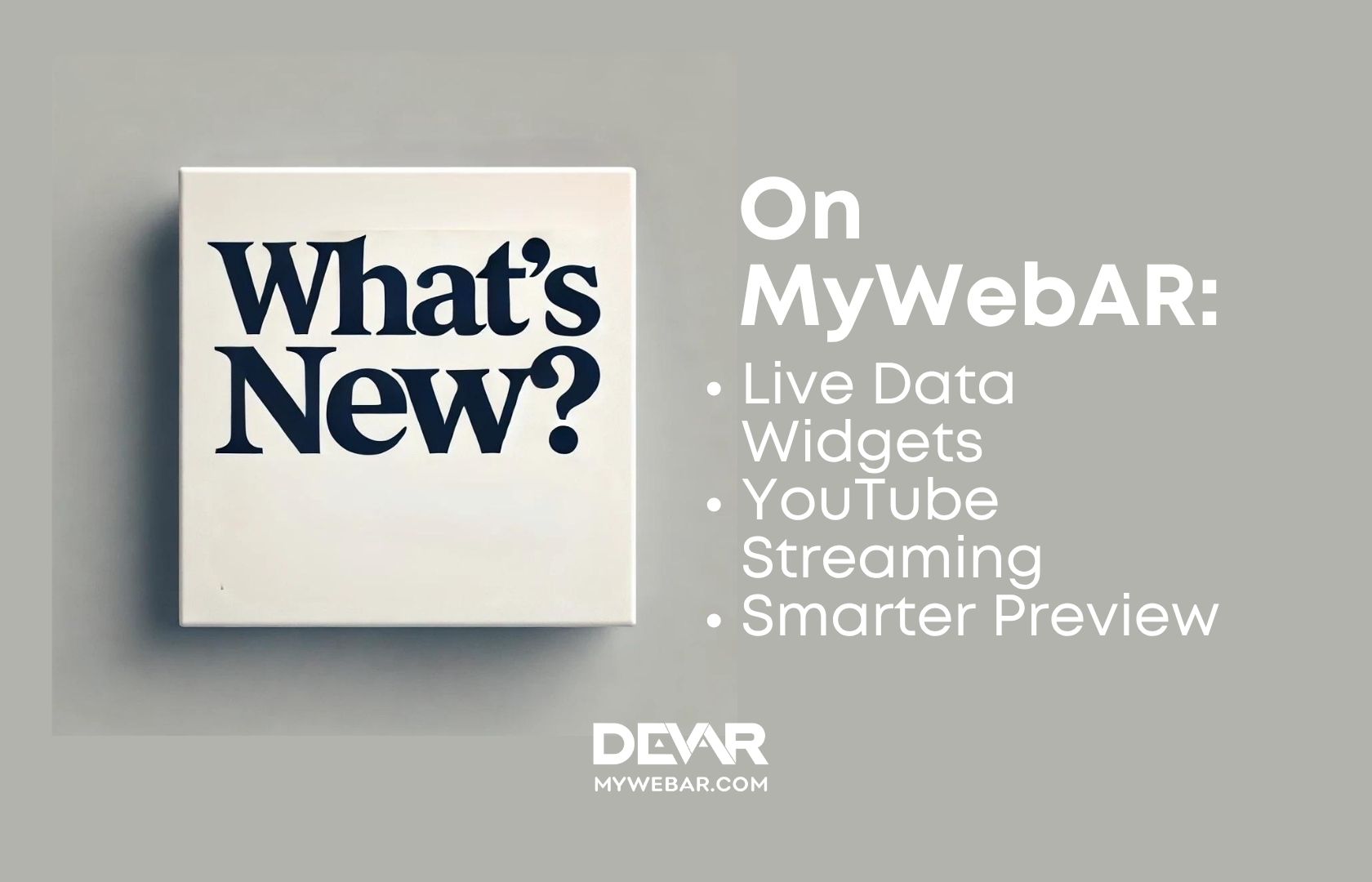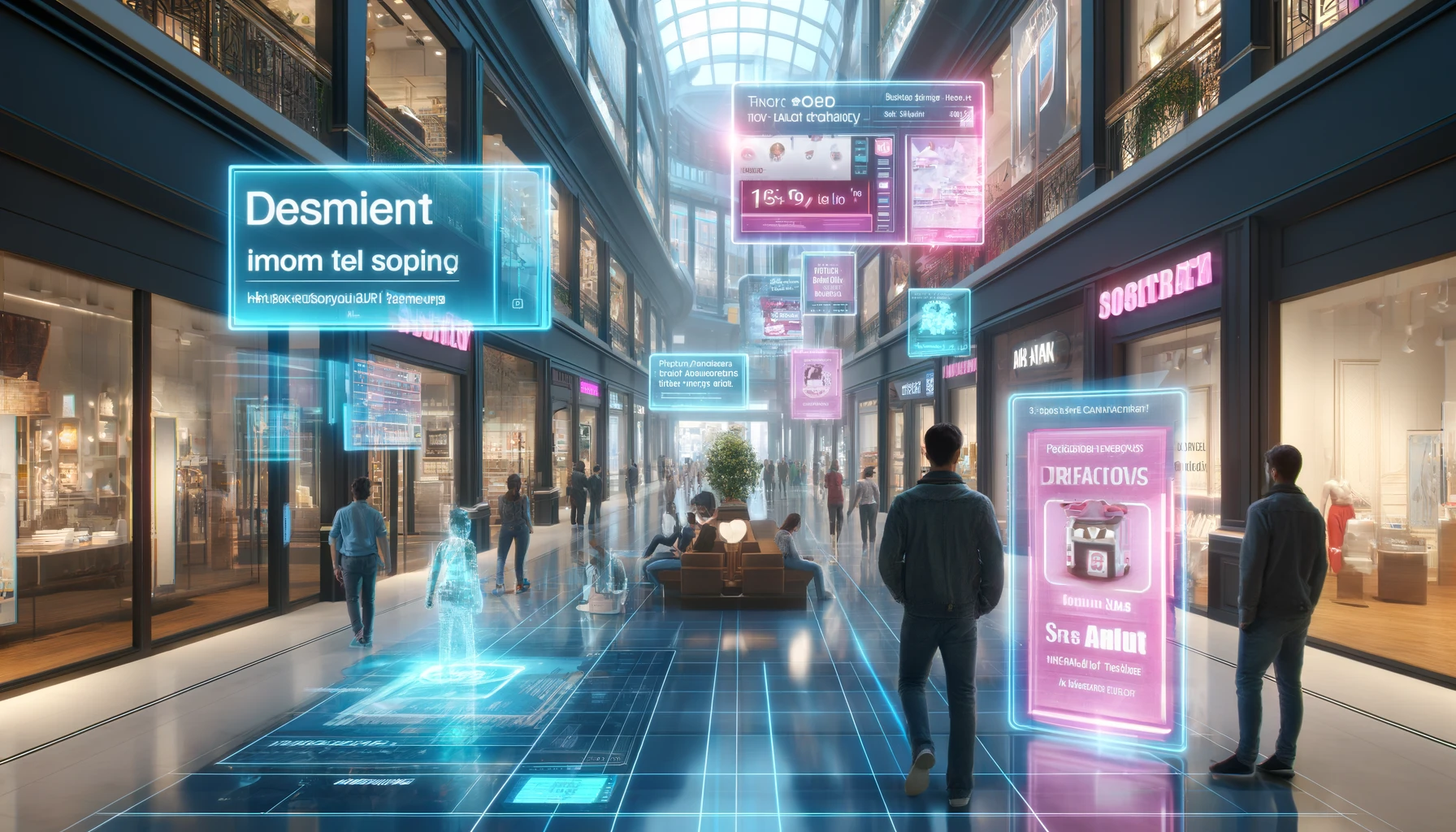A new article by Anna Belova, the founder and CEO of DEVAR, was recently published in Forbes. You can read it here. We are delighted to share the text with you in our blog, which we have enhanced with some nice visuals.
In a newsletter for marketers, I recently read about a trend where most public relations (PR) professionals in 2024 plan to integrate immersive augmented reality (AR) and virtual reality (VR) technologies into their PR campaigns. This is supported by some interesting business statistics. For example, interacting with products that feature AR experiences can result in a 94% increase in conversions. Also, according to an Adweek report, 71% of consumers said they are more likely to recommend a brand if it utilizes VR technology in its marketing.
In this article, I will explore this topic further. In addition to reviewing various trends and research, a key source of insight has been customer surveys from my company’s AR content creation platform. This platform, used by thousands of creators and brands, has proved to be an excellent resource for assessing the applicability of AR technology in PR.
Based on our and other companies’ data, here are the top industries for using AR applications to enhance PR.
1. Retail
One major application for this industry is AR “try-ons” for cosmetics, hairstyles, clothes, shoes, jewelry, furniture, wall paint shades and many more. A survey conducted by Goodfirms showed that 71.5% of consumers are eager for the opportunity to use AR technology when purchasing goods.
There are numerous successful cases:
• According to Lindsay Colameo, Estée Lauder’s virtual try-on technology has been incredibly successful, resulting in a 67% increase in conversion rates and 2.5 times more time spent on the website.
• Adidas incorporated AR QR codes in their footwear packaging, offering customers interactive experiences and virtual try-ons, achieving a 50% boost in brand engagement.
• Ikea implemented AR-enabled QR codes, allowing customers to visualize furniture in their space before purchasing, resulting in a 75% increase in online sales.
It appears that customers are also prepared to spend more when AR is involved. Brands that have embraced AR have seen a significant impact on their bottom line. In fact, studies indicate that consumers are willing to pay up to 40% more for a product that can be experienced through AR.
2. Marketing
Marketing is another significant area for AR, spanning from product packaging and book covers to loyalty programs. Beyond retail, the restaurant industry, automotive sector and development projects have actively and successfully employed augmented reality. According to AR marketing statistics, “29% of media agencies are buying both AR and VR ads for their clients,” and “seven out of ten media planning and buying agencies want to use more AR and VR in their digital campaigns.”
An essential consideration for marketers and PR professionals is that AR can facilitate interaction with customers through physical products, making tangible goods pivotal to the digital realm. While much marketing discussion centers on digital versions of products, such as clothing and footwear, it’s important not to overlook the significance of physical products. These can act as conduits to the digital world. I believe the widespread adoption of specialized AR glasses could shift consumer habits significantly, akin to the smartphone revolution. This could mean that products lacking digital content may become less desirable to consumers.
3. Product AR
When AR becomes an integral part of a product, such as in the event industry, children’s toys, books, and movies, it also extends to art. Artists can not only create physical works but enhance them with digital content. For example, according to the experience of my company and our many international partners, the circulation of augmented reality books is significantly higher than that of regular books. Lego and Kinder Surprise also use AR as part of their products for children.
Events and exhibitions are increasingly utilizing AR for navigation and immersive experiences. We can only imagine what kind of industry explosion will happen when the movie industry adopts AR technology; just imagine the creatures from Stranger Things coming out of the screen and into your home. That’s a whole other level of production! And for PR, it could mean virtually limitless opportunities for movie promotion.
Challenges And How To Overcome Them
Certainly, as with any innovation implementation, there are challenges that PR departments will face. Implementing and scaling immersive technologies, specifically AR, requires the right talent, which currently is not internal for many companies. An absence of a long-term database and accumulated experience can also slow progress.
Seek to build up your PR team by teaching not only how to utilize AR, but also how to think outside the box. Otherwise, projects risk becoming monotonous. PR departments should be pioneers and experimenters. It’s also important to go through the stages of acclimatizing your users to any new type of interaction with your brand.
What Can Be Done Right Now
We don’t need to wait for the mass adoption of AR glasses or headsets. The transition of AR technology into the web space could eliminate the need for numerous apps, facilitating easier access to AR experiences. Additionally, it allows for the execution of marketing campaigns through web-compatible channels.
Based on the trends we are seeing, I believe PR teams will increasingly embrace immersive technologies as they become more integrated across various industries. The growing popularity of AR is undeniable: services for creating 3D models (including those utilizing AI), animating, and placing objects in AR environments are expanding rapidly, thanks to user-friendly no-code platforms. These platforms can allow individuals without expertise in programming, design or 3D modeling to create augmented reality projects. In just a few minutes, an ordinary PR manager can assemble AR projects independently.
If you are training your PR team to incorporate AR into their toolkit, here are some applications to keep in mind:
• Press Releases: Incorporating AR presentations of projects and product tests for journalists requires no special setup. Simply add a QR code to your text, and journalists can view your project in 3D.
• Social Networks: Your social media accounts can benefit from these same mechanics by including links to AR projects. Additionally, you can post photo and video content that showcases your projects in AR.
• Industry Exhibitions And Conferences: In my experience, incorporating a QR code in handouts or speaker presentations can significantly enhance engagement.
• Press Conferences And Tours: Consider also adding AR to your media kits for these engagements.
These are becoming essential skills for PR managers to acquire in the near future — the ability to work with immersive technologies. More on this topic will be discussed in my next article.
Anna Belova, Founder & CEO of DEVAR, a Phygital Company. Forbes 30 Under 30. Tech Entrepreneur. Expert in AR technology.




